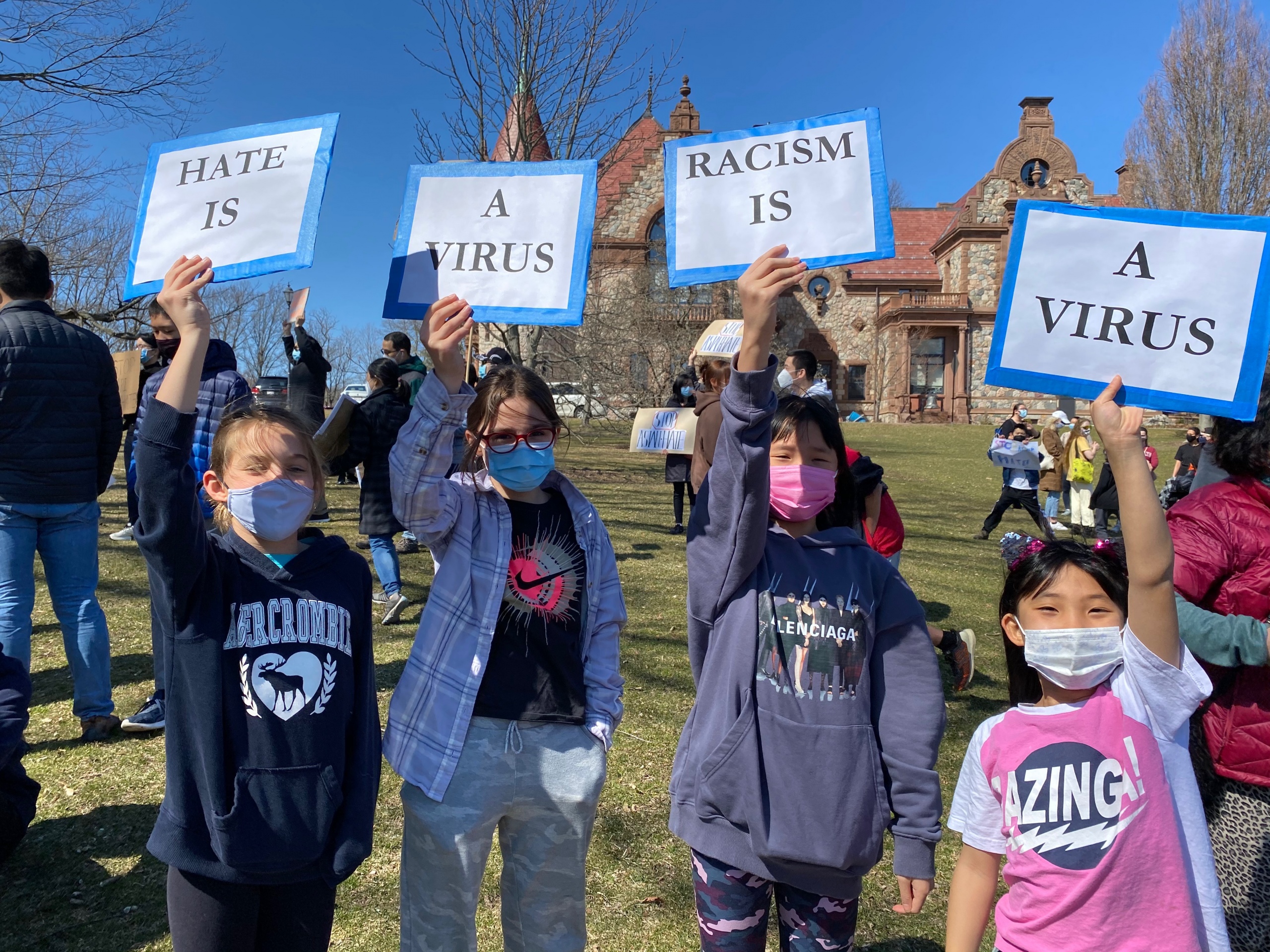The murders of six Asian women in Atlanta, Georgia in the afternoon of March 16 brought mainstream media attention to the rising number of hate crimes against Asian Americans throughout 2020 and 2021. But why did it take the loss of these six women for a wake-up call against anti-Asian racism and xenophobia in our nation?
Although unknown to most, Anti-Asian discrimination began centuries ago and remains a deeply rooted issue in the United States. In 1882, President Chester Arthur passed the Chinese Exclusion Act, a law that prohibited all immigration to the U.S. of Chinese laborers. The act was the first and remains the only law to have been implemented to prevent an entire ethnic or national group from immigrating to the United States.
Along with the exclusion act, stigmatized topics such as the Yellow Peril concept and the lynchings and enslavement of Chinese Americans in the 19th century contribute to the layers of racist Asian sentiment in the nation’s history. Despite hundreds of years of discrimination, microaggressions against Asians are often overlooked because their oppression is seen as less significant compared to others.
Throughout the 20th and 21st centuries, many believed that all people of color, including Asians, experienced racism in the exact same way. However, this is a very dangerous and harmful concept as the grouping together of POC oppression does not acknowledge the unique challenges and prejudice that each minority group experiences.
“We need to better recognize the diversity of people of color and the racism they face. Grouping the experiences of black people, Latinx people, Asian people, Native American people, etc. together is an oversimplification,” said Andrew Ng ’22. “Looking at these diverse groups as some sort of monolithic ‘other’ to a white majority prevents society from really understanding the lived experiences and racism these minorities encounter.”
The Model Minority Myth is an example of Asian-specific discrimination and stereotyping which paints Asian-Americans in a privileged and successful light that works to undermine the reality of struggle they face.
“The Model Minority Myth is a really harmful and dangerous stereotype that mischaracterizes Asian Americans and Pacific Islanders as universally successful, as high achieving, hardworking and essentially achieving some level of success that’s unparalleled,” said University of Denver’s Dr. Mike Hoa Nguyen.
The myth not only distinguishes Asians as subservient and quiet in their fight for racial justice but also pits different minority groups against each other. The myth is used as a racial wedge, fueling both anti-blackness within the Asian community and anti-Asian sentiment within other racial groups.
“The model minority myth downplays the discrimination faced by Asian Americans and hurts efforts to make real changes for equity and justice. It enforces the idea that Asians are quiet and don’t speak up because they don’t want to “cause trouble,” but we have a long history of activism in America,” said Professor Elisabeth Chan from Northern Virginia Community College.
Evidently, there has been a long history of racism against Asians in America, and COVID-19 escalated the deeply rooted issue. Throughout the pandemic, the racial rhetoric, largely spread by Former President Donald Trump, contributed to the spike of anti-Asian hate crimes. Trump consistently called the COVID-19 virus the “Wuhan Virus,” “China virus,” and most harmful of all, the “Kung Flu.”
“While it is impossible to directly link Trump’s use of these terms to the outbreak of Anti-Asian hate we have been experiencing, it is also impossible to separate them,” said Ng. “The words of leaders have an impact, whether we like it or not, and I think in this case the evidence is pretty clear that Trump’s harmful rhetoric was at least partially responsible for the rise in hate crimes.”
Although the history and spike of anti-Asian racism is a national problem, there are ways that our community can combat the discrimination on a local level. Within the high school, WPS district, and town, we have a duty to spark dialogue and bring exposure to Asian-American racism that is not frequently spoken about.
First, we must recognize the unique challenges that Asian Americans face, not as a part of “people of color,” but as their own group. Furthermore, the experiences of first-generation Chinese immigrants may differ from the discrimination that third-generation Indian Americans face, so it is important to listen to and understand different individuals’ lived realities.
In order to spark more dialogue, we also need to better educate ourselves and others about the real challenges and prejudices that Asian-Americans face rather than basing our views off dangerous ideas such as the Model Minority Myth.
“Due to the stereotype that Asians are the “model minority,” people sometimes think that Asians don’t really face harmful discrimination in America. While the racism I encounter as an Asian-American is very different than the racism an African-American encounters, anti-Asian racism is no less “real,” said Ng. “I think that as a community we can do much better at educating people about the real and unique racism that Asians face.”

